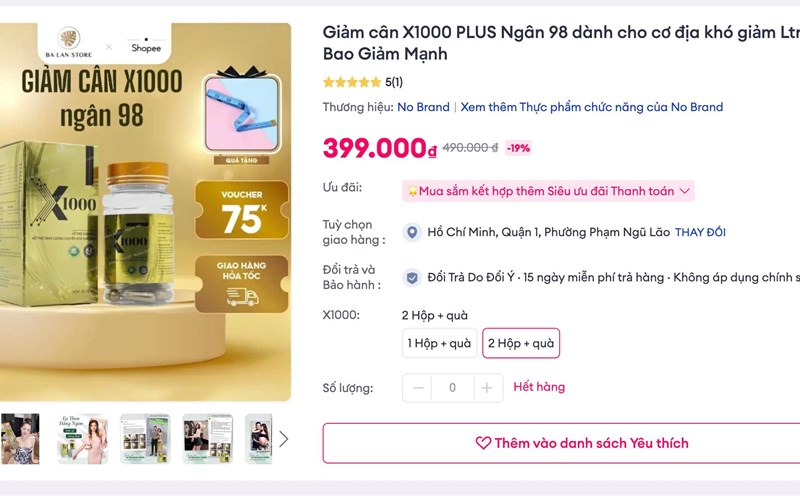Cucumbers contain a very high amount of water and a low to medium potassium content compared to many other vegetables, the nutritional report shows that about 140-180 mg of potassium/100 g (depending on the source and calculation).
Therefore, cucumber can be a good choice if the portion is controlled, but should not be considered completely harmless when the patient has high blood potassium.
In people with kidney failure, the kidneys do not excrete potassium effectively; potassium accumulation in the blood (increased potassium) can cause dangerous arrhythmia.
Major clinical guidelines emphasize that when kidney function is reduced, it is necessary to assess the total potassium content in the diet and adjust it to each individual, not applying the general principle to all patients.
Some professional guidelines even warn that potassium-rich regimens (for example, some variants of DASH) may not be suitable for patients with severe CKD.
The potassium level of cucumbers is low to moderate, but when eaten a lot (for example, eating largeia or making salads with many other potassium-rich fruits) it can accumulate. Therefore, people with kidney failure should limit the portion sizes as recommended by doctors.
Avoid combining cucumbers with potassium-rich foods (bananas, potatoes, tomatoes, avocados) if testing shows high potassium levels. replace with other low- potassium vegetables if needed.
Cantaloupe peels contain a part of the mineral; if you need to reduce more potassium, peel and cut them into small pieces to help reduce the amount of mineral in the portion.
Cucumbers contain a large amount of water, with patients having to limit the amount of fluid (for example, late kidney failure, heart failure), it is necessary to include water from vegetables and fruits in the total daily fluid.
Nutritionists for kidney disease describe a "leaching" method that can remove part of the mineral from vegetables: peel, slice thinly, soak in warm water with a large amount of water or vegetables for a few hours, change the water if soaked for a long time, then rinse.
Although cucumbers already have a relatively low potassium level, this technique is useful when patients need to minimize potassium reduction from all sources.
The decision to allow or limit cucumbers (and the processing method) must be based on regular blood tests (calories, createdinin), the stage of kidney disease.











